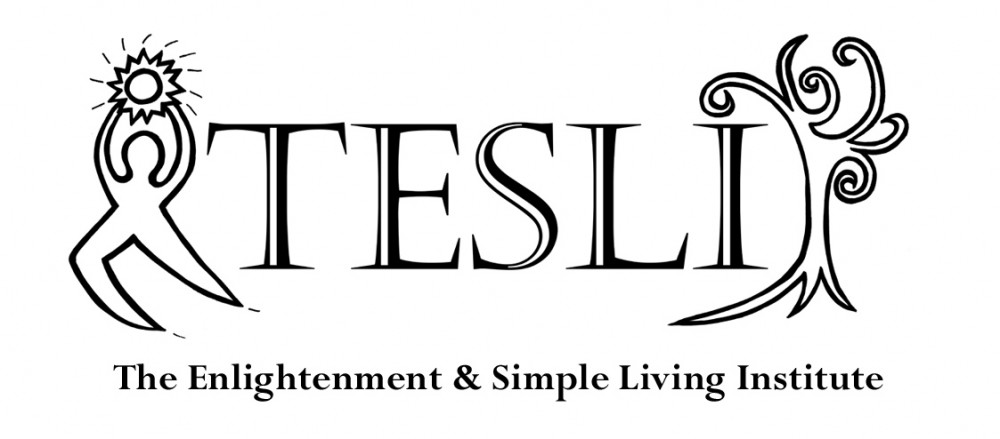 Chi (or Qi) is another name for “energy” and refers to the subtle energy that flows through and around us. It is also called prana or inner winds. Gung (or gong) simply means cultivation. Chi Gung is, therefore, the cultivation of our subtle energy.
Chi (or Qi) is another name for “energy” and refers to the subtle energy that flows through and around us. It is also called prana or inner winds. Gung (or gong) simply means cultivation. Chi Gung is, therefore, the cultivation of our subtle energy.
There are many ways to “work” our subtle energy and smooth flowing energy characterizes states of peace, calm, vitality and health. Indeed, in traditional Chinese medicine disease, such as cancer, begins as a block in energy flow. What follows from stoppages in chi flow are alterations and blocks in fluid flow that then lead to dysfunction in the immune system. Finally, we have the gross manifestations of disease such as inflammation, pain and tumors.
The regulation of chi is a fundamental practice of Traditional Chinese Medicine. Health is maintained by using herbs that influence energy flow as well as stimulating points on the body where chi blockages can occur (as in the practice of acupuncture). Specific exercises are referred to as “chi gung” and these are part of the ancient longevity practices of Taoism. Dragon and Tiger Chi Gung is one such practice. As a powerful stimulator of chi, It is use in China to treat cancer.
I was taught that in order to maintain good health one should practice twenty minutes a day. If one was interested in developing internal power in order to compete in marital arts then one needed two hours of practice a day. For spiritual development eight hours was the minimum.
The health benefits of chi gung have been validated by many studies. A research review in the American Journal of Health Promotion informs us of the following scientifically validated benefits:
- Reduces Stress
- Reduces Anxiety
- Reduces Depression
- Enhances Immune Function
- Enhances Cardiopulmonary Function
- Increases Self Esteem
- Enhances Quality of Life
- Improves Bone Density
- Reduces Blood Pressure
- Increases Sleep Quality
- Increases HDL – Decreases LDL
- Decreases Total Cholesterol & Triglycerides
- Improves Balance
- Increases Ability to Handle Pain
- Enhances Detoxification from Heroine
Reference
Am J Health Promotion 2010 Jul-Aug;24(6):e1-e25. doi: 10.4278/ajhp.081013-LIT-248. A comprehensive review of health benefits of qigong and tai chi. Jahnke R, Larkey L, Rogers C, Etnier J, Lin F.

